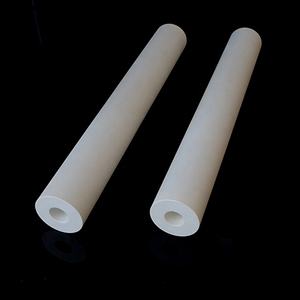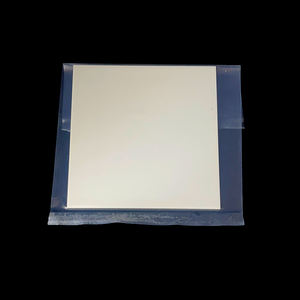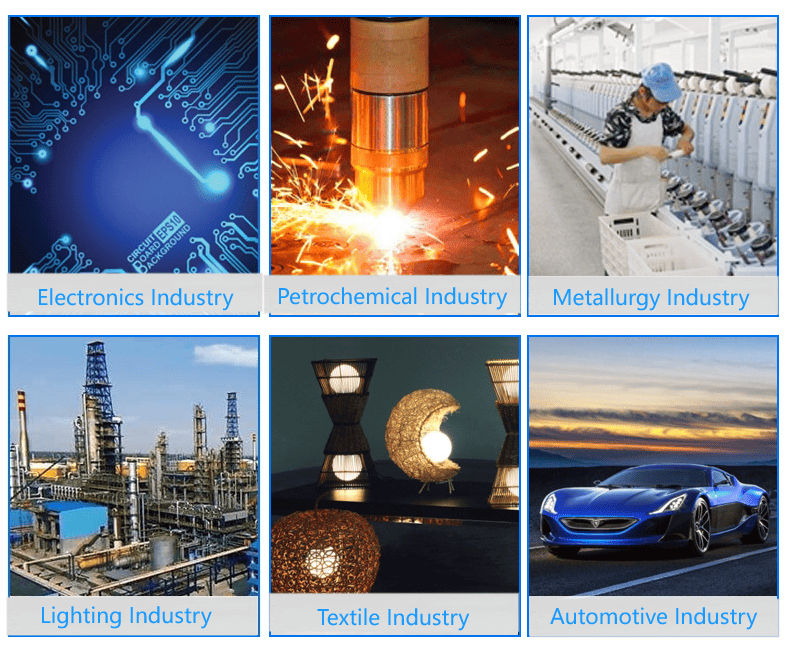Discover Premium Ceramic Products | Durability & Elegance United | Advanced Ceramics
PRODUCT PARAMETERS
Description
Introduction to Alumina Ceramics
Alumina ceramics are known for their high hardness, wear resistance, corrosion resistance, good electrical insulation and high temperature stability. According to the different alumina content, it can be divided into different grades, such as 95 porcelain, 99 porcelain, etc., among which 99 porcelain refers to ceramic materials with an alumina content of 99%. As the alumina content increases, its mechanical strength and electrical insulation properties will also increase accordingly.
Characteristics of Alumina Ceramics
High Hardness: Alumina ceramics have extremely high hardness, which makes it very wear-resistant and suitable for manufacturing abrasive tools and parts that require wear resistance.
Wear resistance: Due to its high hardness, alumina ceramics show excellent wear resistance and are suitable for manufacturing parts for long-term use.
Corrosion resistance: Alumina ceramics have good resistance to most acids and alkalis, making them widely used in the chemical industry.
Good electrical insulation: As an excellent electrical insulating material, alumina ceramics are widely used in electronic and electrical products.
High temperature stability: Ability to withstand extremely high temperatures without significant physical or chemical changes, which makes it an ideal choice for applications in high temperature environments.
Biocompatibility: In the medical field, certain grades of alumina ceramics are used to make medical devices such as artificial joints due to their good biocompatibility.
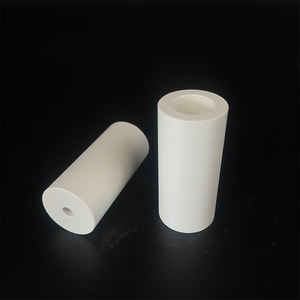
(Porous Semiconductor Ceramics/insulating Electronic Ceramics/995 Alumina Ceramics)
Specifications of Porous Semiconductor Ceramics/insulating Electronic Ceramics/995 Alumina Ceramics
Porous Semiconductor Ceramics are engineered with regulated porosity. The pore size varies from nanometers to micrometers. The product structure permits gas or liquid infiltration. Usual materials include alumina or zirconia-based substances. The ceramics reveal high thermal security. Running temperatures reach up to 1600 ° C. They resist chemical rust. Applications include sensing units, purification systems, and catalytic assistances. Electric properties adjust based upon porosity levels. This makes them ideal for moisture or gas discovery.
Protecting Electronic Ceramics supply outstanding electric insulation. They feature reduced dielectric loss. Products like light weight aluminum oxide or steatite are common. Dielectric toughness surpasses 10 kV/mm. These porcelains deal with high-frequency signals. Thermal conductivity continues to be low. This avoids power loss in circuits. They operate in settings up to 1400 ° C. Mechanical toughness ensures sturdiness. Common uses include circuit board substratums, insulating housings, and high-voltage parts. Surface area coatings are smooth for accuracy assembly.
995 Alumina Ceramics contain 99.5% light weight aluminum oxide. They provide remarkable mechanical hardness. Vickers hardness surpasses 1500 HV. Wear resistance is high for industrial usage. Flexural stamina varieties from 300 to 400 MPa. Thermal conductivity is modest. Operating temperature levels reach 1700 ° C. They withstand acids and antacids. Applications include semiconductor handling parts, medical implants, and laser components. The product is electrically insulating. Surface finishes achieve sub-micron roughness. This makes certain very little rubbing in relocating parts. Custom shapes are feasible via accuracy machining.
Porous Semiconductor Ceramics adjust to harsh chemical settings. Shielding Digital Ceramics maintain performance under electric anxiety. 995 Alumina Ceramics equilibrium stamina and thermal resistance. Each type meets strict industry standards. Testing includes thickness, porosity, and thermal shock checks. Quality control makes certain uniformity throughout sets. Personalization is available for certain technological demands.
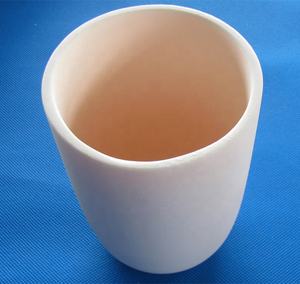
(Porous Semiconductor Ceramics/insulating Electronic Ceramics/995 Alumina Ceramics)
Applications of Porous Semiconductor Ceramics/insulating Electronic Ceramics/995 Alumina Ceramics
Permeable semiconductor ceramics offer multiple functions in modern technology. These products consist of tiny openings allowing gases or fluids to pass through. They function well in filtration systems for environmental cleaning. They aid eliminate contaminants from water or air. Their structure makes them useful in sensing units detecting gases like carbon monoxide. Energy storage devices use them too. Batteries and supercapacitors take advantage of their high surface. They boost how power obtains kept and launched. Their thermal security matches rough commercial settings.
Protecting electronic ceramics block electrical power efficiently. They protect circuits from unwanted currents. Electronic devices depend on them to stop short circuits. Gadgets like smart devices and computers make use of these ceramics in integrated circuits. High-voltage power systems rely on them for security. They deal with extreme heat without breaking down. Factories utilize them in devices subjected to high temperatures. Their durability makes sure lasting efficiency. They keep electronic components cool down by standing up to heat transfer. This makes gadgets much more dependable in time.
995 alumina porcelains contain 99.5% light weight aluminum oxide. They rate amongst the hardest ceramic products. Their toughness makes them suitable for reducing tools. They grind or form metals without wearing out quickly. Clinical implants utilize them due to biocompatibility. They integrate securely with human tissue. Dental crowns and joint replacements frequently include this product. Aerospace applications require their warm resistance. Rocket parts or jet engines use them to handle severe problems. Laboratories use them in high-temperature heaters. Their chemical inertness avoids responses with harsh compounds.
These porcelains adapt to varied industrial demands. Their distinct residential or commercial properties address particular technological challenges. Engineers choose them for efficiency under stress and anxiety. Ongoing study checks out brand-new usages throughout sectors. Each material’s attributes resolve spaces in typical alternatives.
Company Introduction
Advanced Ceramics founded on October 17, 2014, is a high-tech enterprise committed to the research and development, production, processing, sales and technical services of ceramic relative materials and products.. Since its establishment in 2014, the company has been committed to providing customers with the best products and services, and has become a leader in the industry through continuous technological innovation and strict quality management.
Our products includes but not limited to Silicon carbide ceramic products, Boron Carbide Ceramic Products, Boron Nitride Ceramic Products, Silicon Carbide Ceramic Products, Silicon Nitride Ceramic Products, Zirconium Dioxide Ceramic Products, Quartz Products, etc. Please feel free to contact us.(nanotrun@yahoo.com)
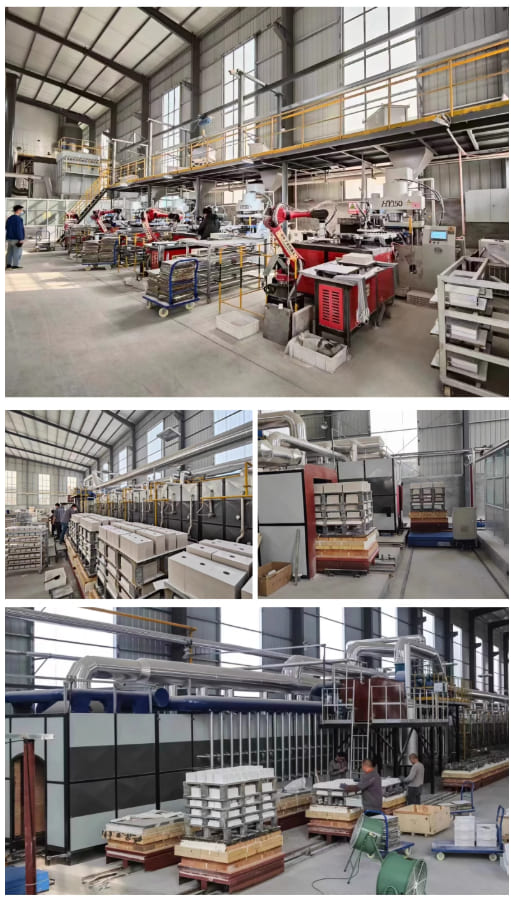
Payment Methods
T/T, Western Union, Paypal, Credit Card etc.
Shipment Methods
By air, by sea, by express, as customers request.
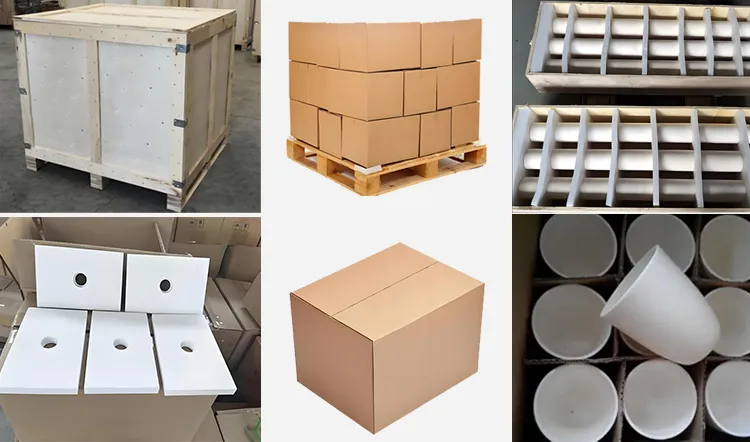
5 FAQs of Porous Semiconductor Ceramics/insulating Electronic Ceramics/995 Alumina Ceramics
Porous semiconductor ceramics have tiny holes. They let gases or liquids pass through. These ceramics work in sensors, filters, catalytic supports. They handle high heat and resist chemicals. Industries like environmental tech and chemical processing use them.
Insulating electronic ceramics block electricity. They keep circuits safe. These ceramics stop energy leaks. Electronics like circuit boards and insulators use them. They protect parts from overheating. Devices stay stable and last longer.
995 alumina ceramics are 99.5% pure. They handle extreme temperatures. Machines use them in furnaces or aerospace parts. They resist wear and corrosion. These ceramics stay strong under stress.
People ask if these ceramics break easily. They don’t. Their structure is tough. Porous types manage pressure changes. Insulating types survive electric stress. Alumina types endure physical impacts. All three resist damage over time.
Can these ceramics fit specific needs? Yes. Sizes and shapes adjust. Porous ceramics control hole sizes. Insulating ceramics tweak electrical traits. Alumina ceramics modify surface finishes. Custom designs match exact industry uses.
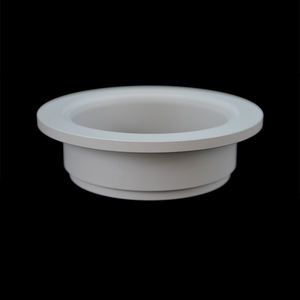
(Porous Semiconductor Ceramics/insulating Electronic Ceramics/995 Alumina Ceramics)
REQUEST A QUOTE
RELATED PRODUCTS

High Strength 99 Alumina Textile Ceramic for Factory Use

Ceramic C795 95% Alumina Ceramic Top Smoking Rolling Smoking Accessories
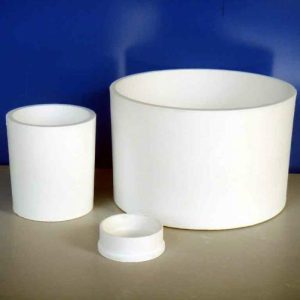
Al2O3 Ceramic HIgh Temperature Thermal Alumina Ceramic Crucible For Sale

Customization Industrial Insulation High Precision High Purity Ceramics 95% 99% 99.5% Structural Parts Alumina Ceramic
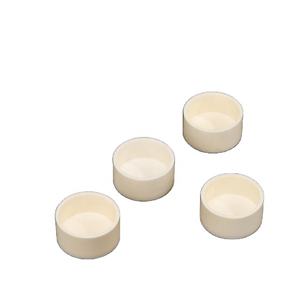
High Temperature Alumina Ceramic And Temperature Resistant For Alumina Ceramic Tube
